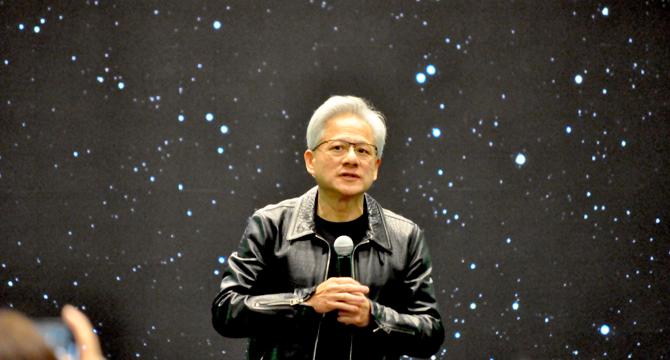Siliconangle
2M
390

Image Credit: Siliconangle
Mapping Jensen’s world: Forecasting AI in cloud, enterprise and robotics
- The shift in computing architectures is creating a world where data is transformed into content using tokens for value and real-time action, revolutionizing all aspects of the computing stack.
- Three AI opportunity vectors highlighted by Jensen Huang include AI in the cloud, enterprise, and the real world, with a forecast methodology developed to track disruptive markets.
- IT spending expectations have softened, with a notable drop to 3.4% for the year, below 2024 levels, due to market uncertainties like ongoing tariff concerns and market declines.
- AI spending remains a priority for IT decision makers, with a majority continuing or accelerating their AI initiatives to stay competitive, despite public policy pressures around AI.
- The data center supercycle forecast shows accelerated computing growing at a 23% CAGR, reaching a trillion dollars by the early 2030s, driven by a shift towards AI-driven infrastructure.
- Nvidia's focus on AI opportunities in public cloud, on-premises enterprise, and the real world indicates a dramatic rise in accelerated computing, reshaping IT spending patterns.
- A new forecasting methodology incorporating Volume, Value, and Velocity captures the rise of disruptive AI technologies, accelerating adoption cycles towards AI-optimized infrastructure.
- Cloud dominates early AI adoption due to advanced tooling, consumer-driven use cases, and immediate ROI, while on-premises enterprise AI adoption ramps up more gradually.
- Robotics presents significant AI opportunities, with single-purpose robots demonstrating near-term value in automation, while humanoid robots face more complex adoption curves.
- Accelerated computing is driving AI into every layer of technology, from hyperscale clouds to distributed environments, marking a fundamental shift in computing architectures.
Read Full Article
23 Likes
For uninterrupted reading, download the app